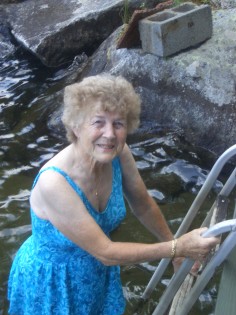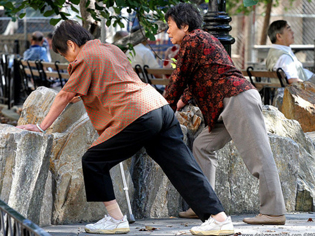 One of the most interesting and troubling aspects of dementia is the idea that there can be a complete shift in reality in the mind of the person diagnosed. As family members and caregivers, how we react to and interact in that shifting reality is paramount to what might be seen as a good day or a bad day.
One of the most interesting and troubling aspects of dementia is the idea that there can be a complete shift in reality in the mind of the person diagnosed. As family members and caregivers, how we react to and interact in that shifting reality is paramount to what might be seen as a good day or a bad day.
What comes to mind first, and in fact is listed first in every list of dementia symptoms, is the memory loss. First the short term, and then the long term memory fades.
Other symptoms: Problem solving and difficulty planning even routine tasks is noted by family, friends, and co-workers. Visual perceptual changes can become apparent and a dark rug can look like a hole in the floor. Someone with a dementia will have confusion about time and place, not just getting the year wrong but also thinking they are 40 years younger than they are. Misplacing things is not uncommon and the person with dementia may even hide things in unusual places, often to keep them safe. And there may be changes in personality and in mood.
But most intriguing to me is the idea of a changed reality.
Last summer we would help my mother down the 150’ path to the deck over-looking the lake on which she has spent more than 50 summers. Looking mostly at her feet the entire walk down the path she was aware of the risks ahead, rocks, tree roots, leaves. A gravel strewn path through the woods. Gravel we put down to smooth out the uneven route to the water she knows so well. And as we approached the deck she would, at times, look up and ask “whose lake is this?” And when we replied that it was “our” lake, her answer was “oh, but we must be further down on the lake.” So even though she had just walked a mere 150’ from her house, to her deck, on her lake, it was not, in her mind, familiar.
There are classic examples of women with dementia certain that a doll is their child and days are spent nurturing the baby. A man who takes apart all of the sinks in a facility because he was a plumber and he is fixing the plumbing problems for everyone. People who look in mirrors and can’t identify who the old person is looking at them since they are, in their mind 40 or 50 years younger. Many memory care units take all of the mirrors down.
We finished the summer on the lake in Maine and I offered to help drive my mother and father back to Florida. This is a trip they have made for the past 21 years and this was the first time they needed any help.
Best to follow a familiar routine so we headed out and the plan was to stay at Hampton Inns along the way. Numerous stops were made as all 3 of us benefited from breaks for food and the restroom. Each time we stopped my mother would tell someone that there were 2 more cars with my sisters and their families following us. And each time my father and I would share the truth. No, we were the sole car in the “caravan.”
We checked in to a Hampton Inn in Delaware and went out to dinner, again stating to the hostess that that it was just the 3 of us despite my mother’s claim to needing a bigger table. At 9:30 pm my parents went to their room and as I entered the door to my room next door they asked me to wake them at 6:30 the next morning to get an early start on the next leg of the trip south. I slept well and went next door at 6:30. Mom proceeded to tell me how she heard knocking on the door in the middle of the night. Assuming it was 6;30 and me coming to wake them she got up to let me in. Instead she was confronted by a naked man, yelling that he had to get in their room. Mom said dad went to the door, pushed him and raised his flashlight to hit him but her retreated. And she said “luckily it was all caught on video camera so everyone knows we are telling the truth.”
I turn to dad thinking mom had really lost it. But no. He confirms. A naked man did get locked out of his room and my parents just happen to be the hotel guests across the hall! Reality meets dementia.
Once on the road again my father picks up the phone to make a reservation for a Hampton Inn in South Carolina. From the back seat my mother says “Make sure you get the naked man discount.”



